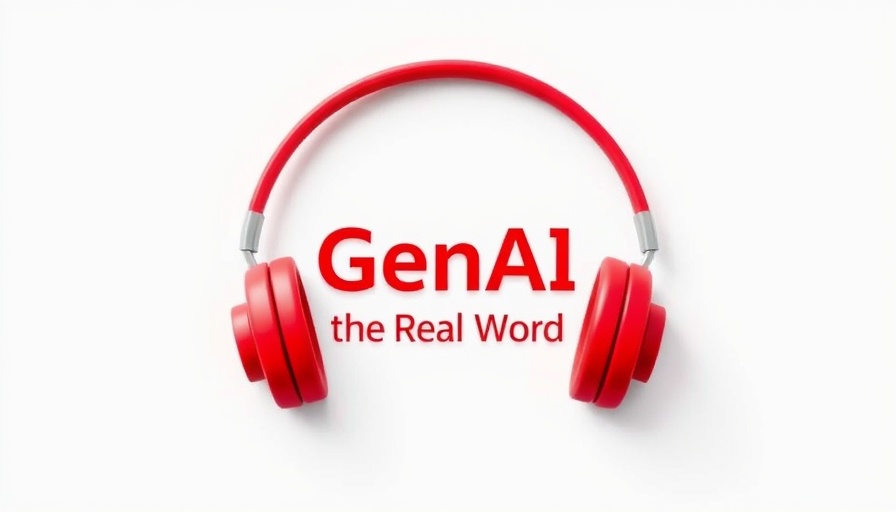
Understanding the AI-Driven API Gap
In a world where artificial intelligence is rapidly integrating into software applications, the disconnect between AI-driven client applications and APIs is becoming glaringly obvious. Despite the surge in the use of AI technology for retrieving data from APIs, recent reports indicate that AI clients struggle to effectively interact with these APIs, with only a 30% success rate for multi-step processes. This raises an important question: What defines the effectiveness of an API, and how can AI consumers overcome the hurdles they face in comprehending them?
Clarity and Context: The Keys to AI API Success
The crux of the issue is that AI-driven applications require the same foundational elements that human developers have long depended upon: clarity, context, and structure. To make APIs more accessible for AI models, developers should focus on enhancing documentation that provides comprehensive examples and clear explanations of expected inputs and outputs. Failing to engage with these fundamental design principles may perpetuate the gap between AI comprehension and API functionality.
Transformers: How They Can Help
Transformers, a groundbreaking model in AI, have opened new avenues for language processing. While these models can analyze and distill information rapidly from large datasets, they often lack the ability to reason, leaving them at a disadvantage when trying to work with APIs. Adopting a transformer-aware approach in API design could empower AI applications to not only process but understand and utilize API content more effectively.
Future of AI and API Collaboration
As the role of AI continues to evolve within digital ecosystems, developing APIs that address the unique challenges faced by AI clients is crucial. By optimizing API interaction through enhanced documentation and improved structural clarity, businesses can create a more cohesive integration that benefits both AI clients and end users. The future of API usage may very well hinge on this AI-API collaboration.
Conclusion: Taking Action Now
The need to redesign API interactions is not merely an evolutionary step; it's necessary to harness the full potential of AI technologies. As organizations focus on making their APIs more intelligible and efficient, they will help pave the way for a smarter and more integrated digital landscape. Addressing these API design challenges will ultimately enhance productivity and streamline business growth within the market.
 Add Row
Add Row  Add Element
Add Element 



Write A Comment